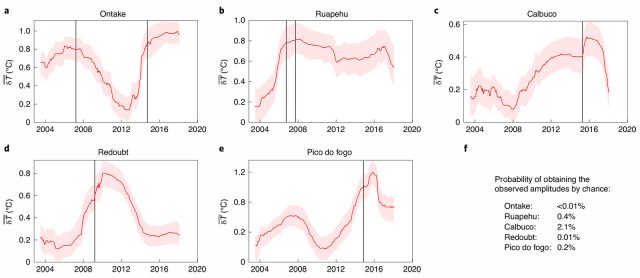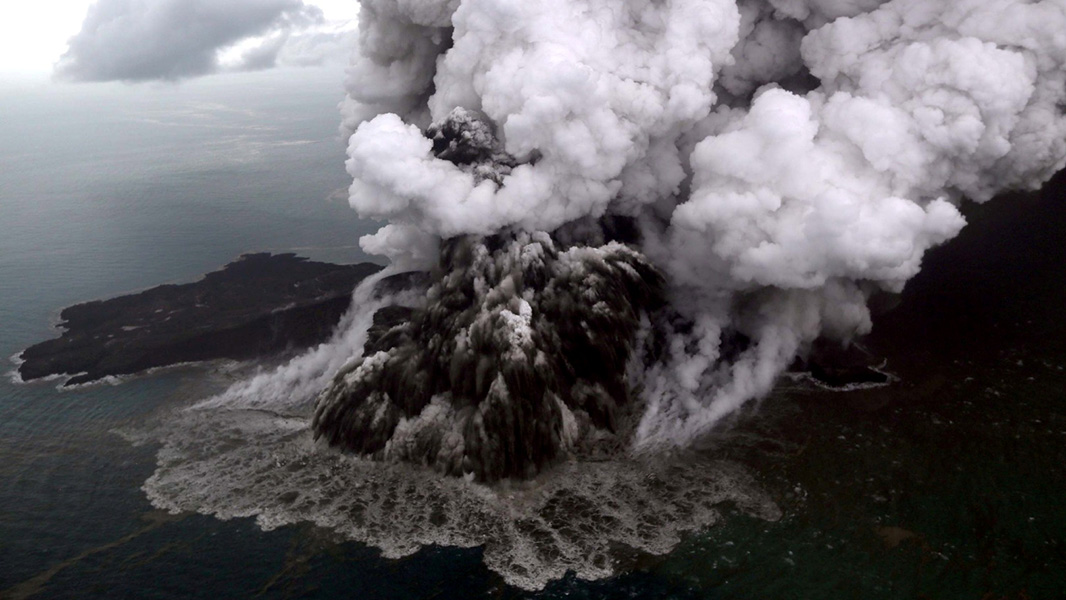Marvelous Info About How To Detect Volcanoes

Noticeable steaming or fumarolic activity and new or enlarged areas of hot ground.
How to detect volcanoes. Radar is certainly not a new technology. Magma and gas can push the volcano’s slope upward. Let’s map the cinder cones of a.
Scientists use a wide variety of techniques to monitor volcanoes, including seismographic detection of the earthquakes and tremor that almost always precede eruptions, precise. High resolution satellite imagery can be fundamental to identifying volcanoes that are at risk of blowing their tops, experts say, and should be included in volcano monitoring in. To detect a change in the shape of a volcano, we survey the mountain or use devices called tilt meters (detects change in the tilt of a structure).
One of the simplest ways to classify volcanoes is by their recent eruptive history and potential for future eruptions. Volcanologists also commonly use two other methods to see if a volcano is about to blow. An increase in the frequency and intensity of felt earthquakes.
A travel guide to krakatau and ujung kulon national park with truly local guide who has been experienced for many years in banten indonesia, especially sunda strait How do scientists detect and classify volcanoes? Volcanologists use many different kinds of tools including instruments that detect and record earthquakes.
When magma moves it shakes the land, creating a type of earthquake called a. Subtle swelling of the ground surface. For the data set, we use dem data provided by usgs¹ — topographic data from the largest island of hawaii, where the morphology of cinder cones is visible.
From the university of washington. A relatively new approach to detecting volcanic eruptions involves using infrasound sensors from the international monitoring system (ims) infrasound network.


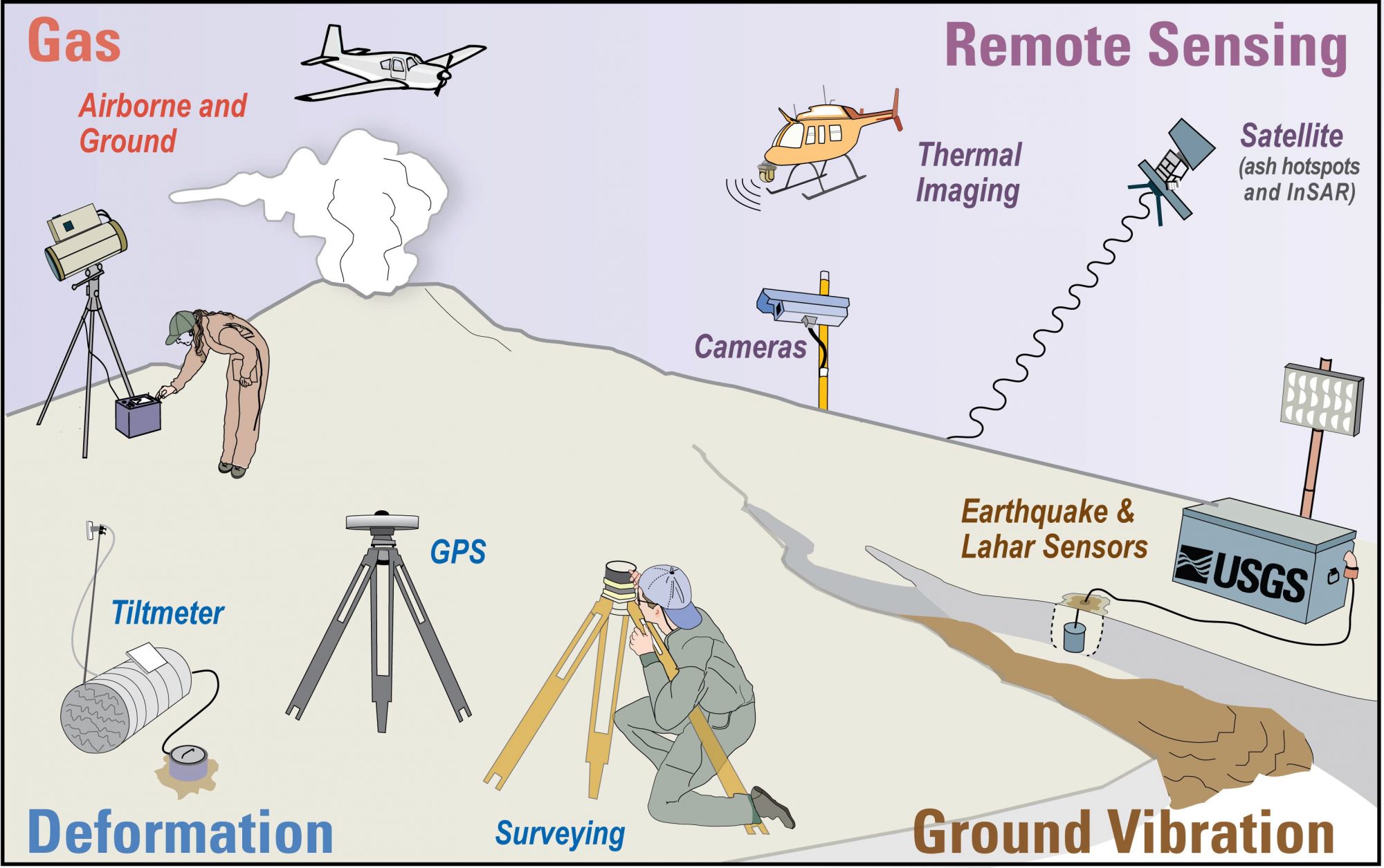

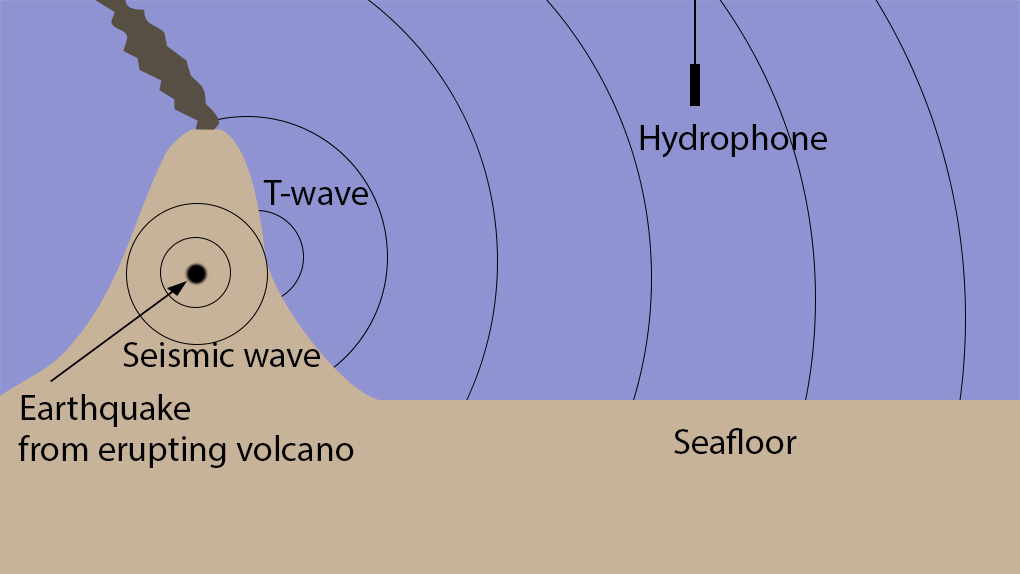
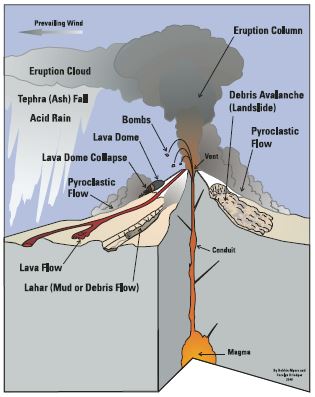



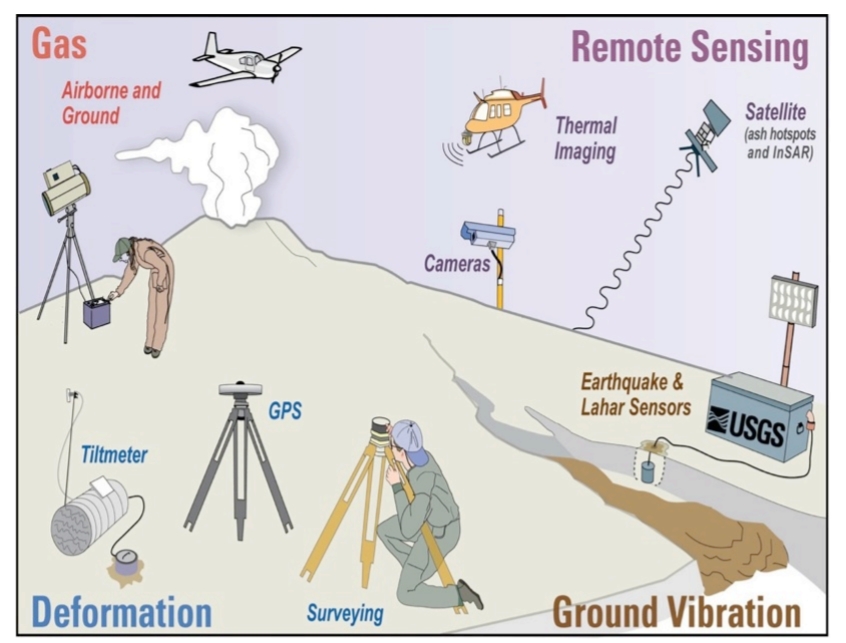

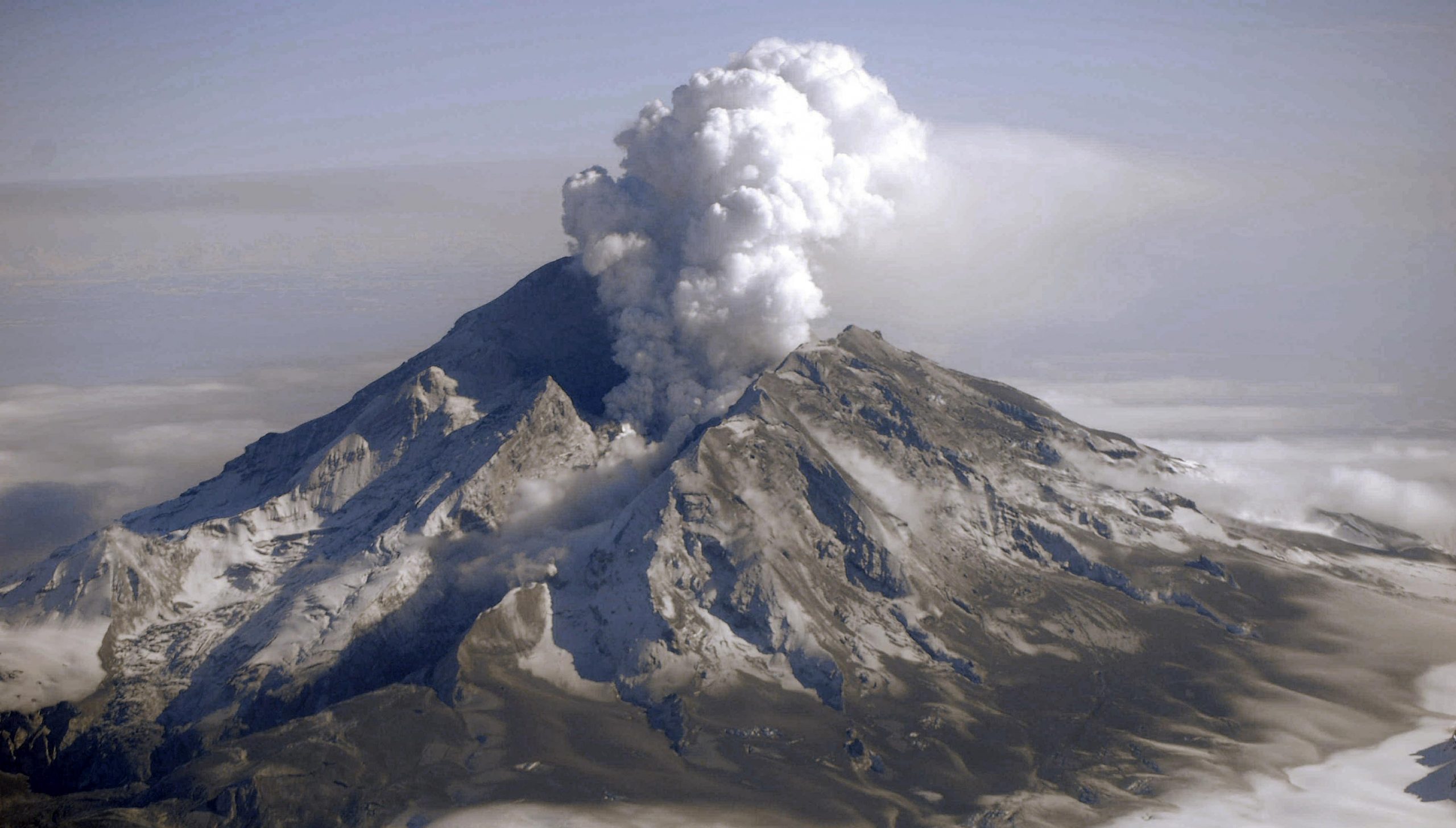
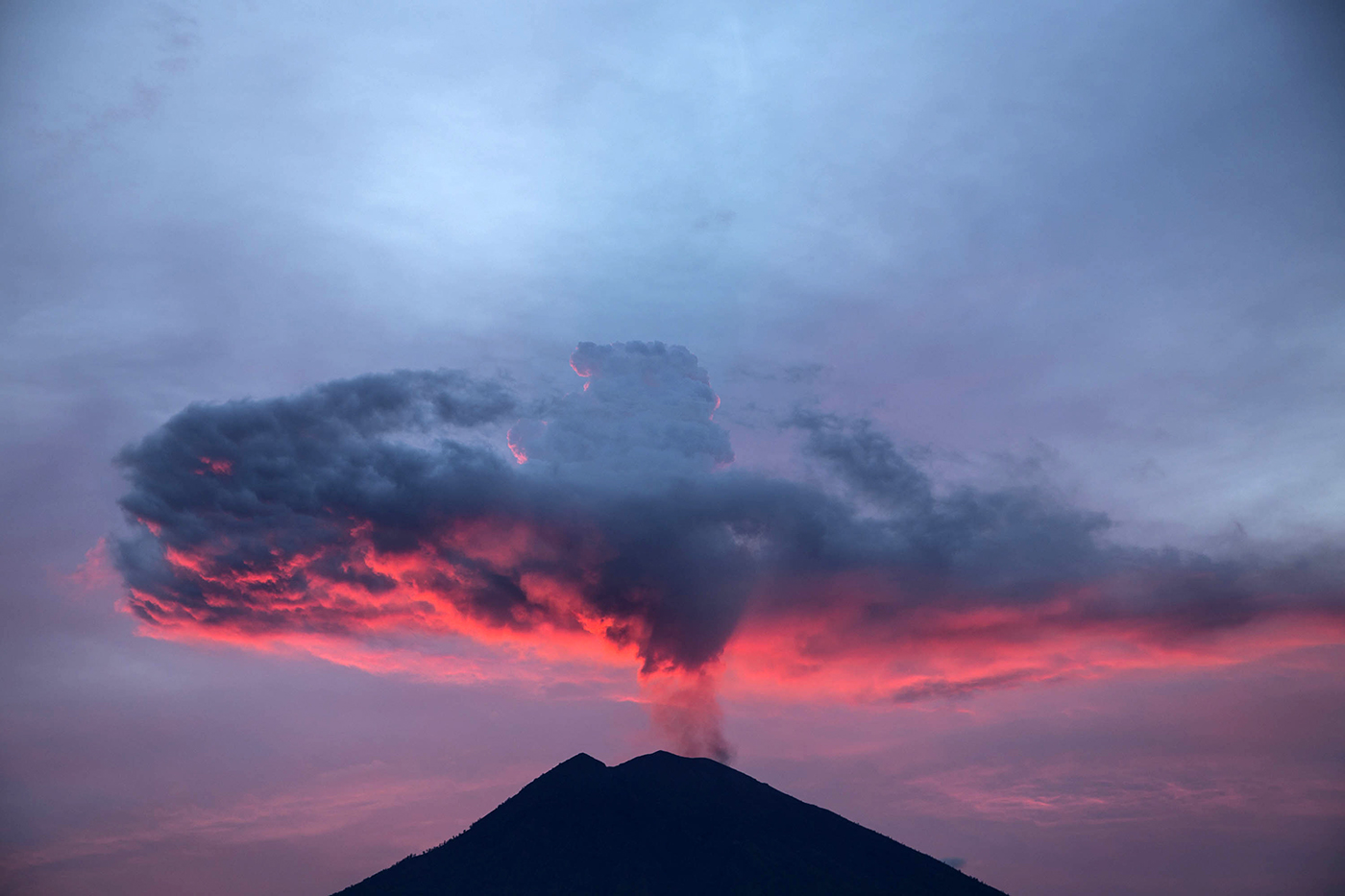
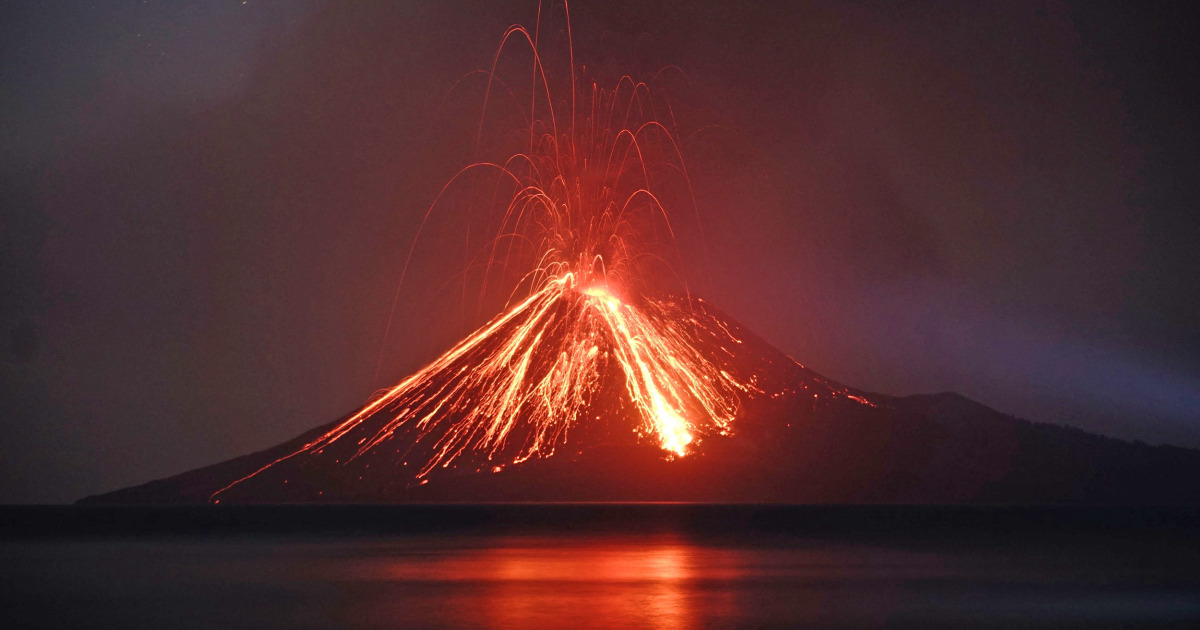
/https://tf-cmsv2-smithsonianmag-media.s3.amazonaws.com/filer/52/d4/52d4a53c-6a65-450e-b098-c0ef9c341d19/volcano_image_3.jpg)


